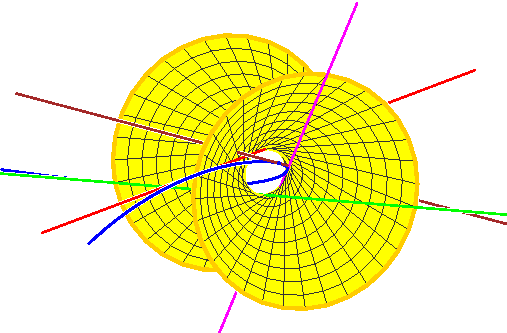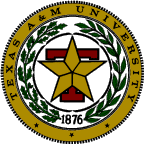|
Understanding, finding, or even deciding on the existence of real solutions to a
system of equations is a very difficult problem with many applications. While
it is hopeless to expect much in general, we know a surprising amount about
these questions for systems possessing additional structure. Particularly
fruitful---both for information on real solutions and for applicability---are
systems whose additional structure comes from geometry.
Much is known for equations from toric varieties and homogeneous spaces,
particularly Grassmannians. These equations also encompass some of the most
common applications, and the information we have falls into three themes:
| (I) | |
Upper bounds on the number of real solutions. |
| (II) | |
Geometric problems that can have all solutions be real. |
| (III) | |
Lower bounds on the number of real solutions.. |
Upper bounds as in (I) bound the complexity of the set of real solutions---they
are one of the sources for the theory of o-minimal structures which are an
important topic in real algebraic geometry.
The existence (II) of geometric problems that can have all solutions be real
was initially surprising, but this phenomena now appears ubiquitous.
Lower bounds as in (III) give an existence
proof for real solutions. Their most spectacular manifestation is the
nontriviality of the Welschinger invariant, which was computed via
tropical geometry.
Another, very surprising occurrence of this phenomenon is when the upper bound
equals the lower bound, which is the subject of the Shapiro conjecture.
My lectures will survey some of these developments.
A source for this subject is the book I am writing,
Real Solutions to Equations from Geometry.
|

